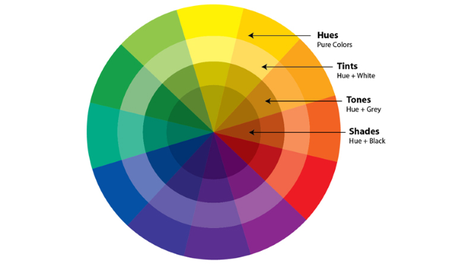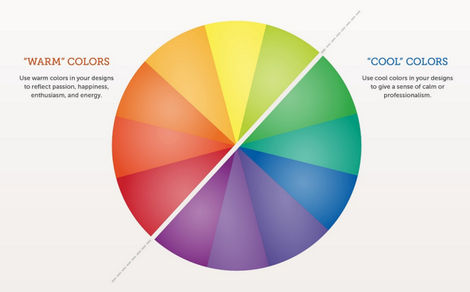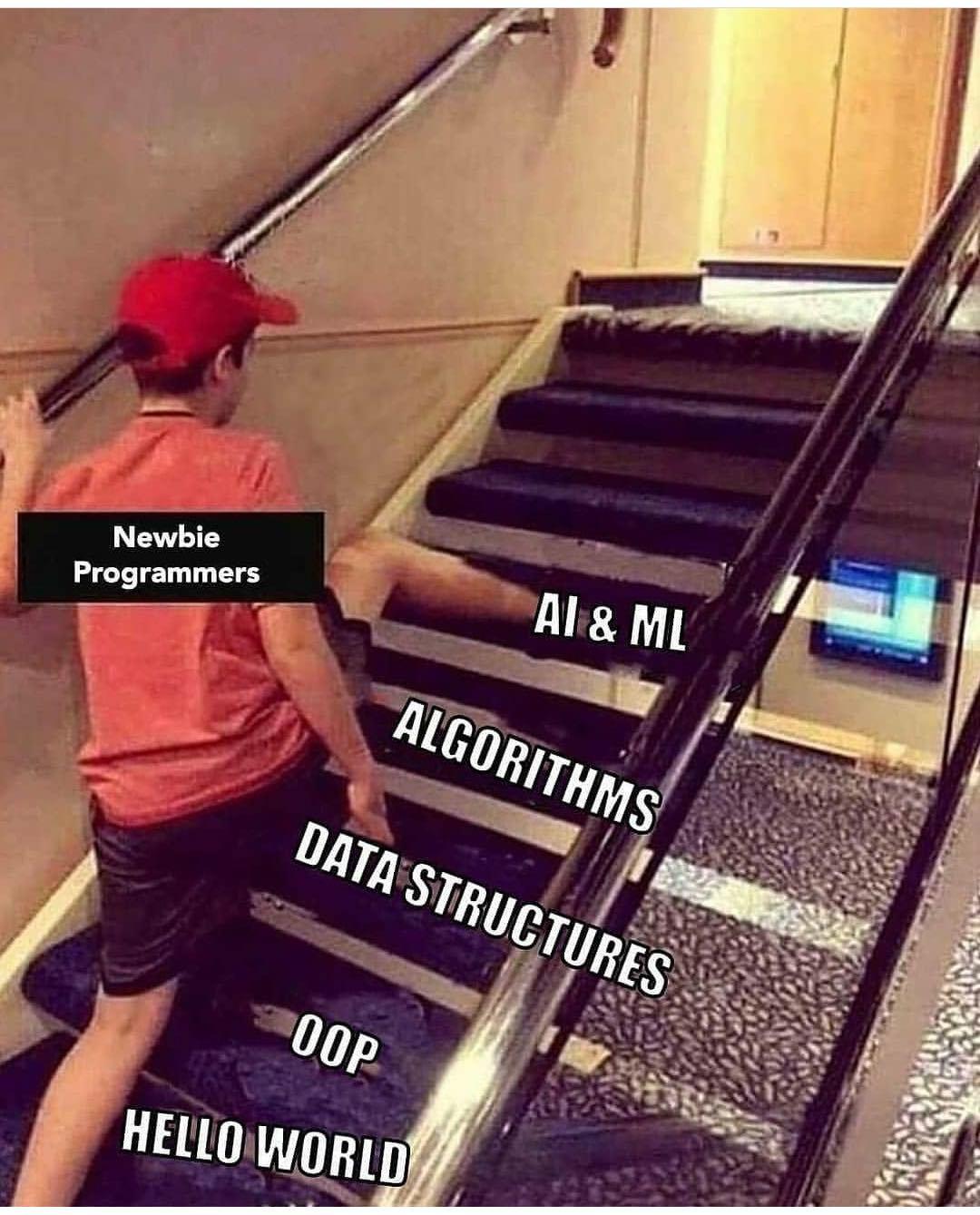We've ended up with three entities: user, badge and location. How to glue them together? Using relations.
Use of relations to glue different entities:
location-of-user sub relation,
relates located-user,
relates user-location;
achievements sub relation,
has score,
relates contributor,
relates award;






















